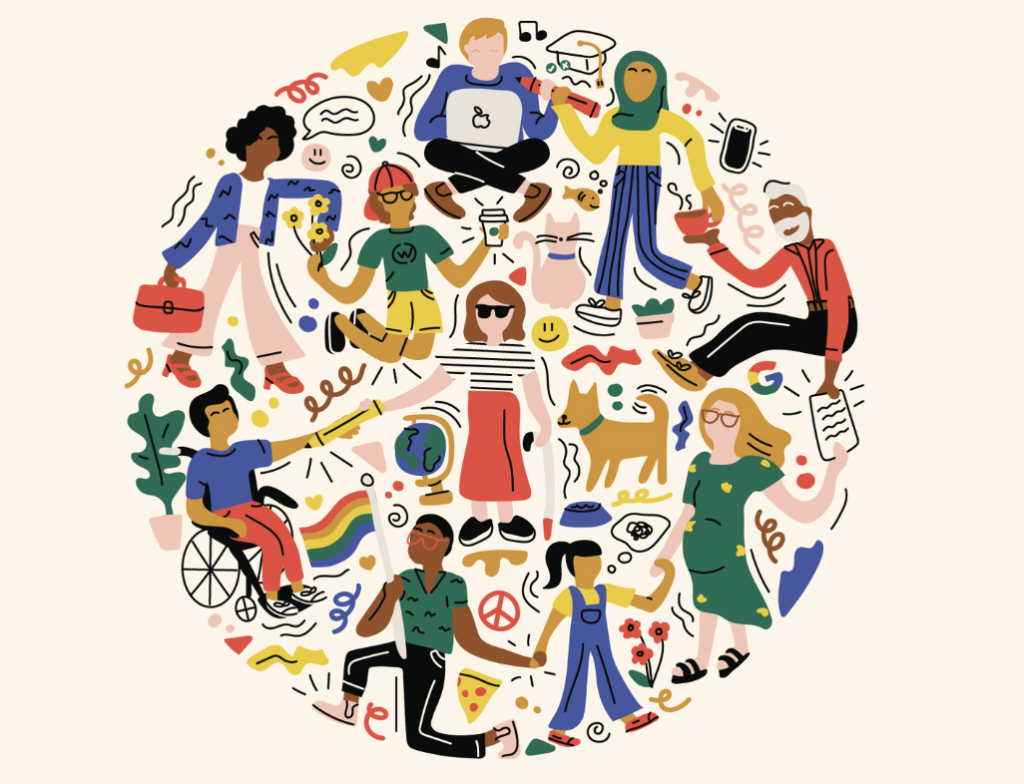
What is it?
Constructing an inclusive design for a classroom is essential to facilitate effective learning for a wide range of students. Inclusive design is “a practice that supports optimizing unique human differences and creating the conditions for a diverse (yet cohesive) global learning community of lifelong learners” (Watkins et al., 2020, para 2). Inclusive design, when implemented in the classroom, not only recognizes the diversity and uniqueness of each individual but also cultivates participation which “benefits not just struggling students but all students” (Watkins et al., 2020, para 2).
Art Therapy: Overview of Resource

For my group’s interactive learning design, we are creating a resource for elementary school teachers – specifically grade 3 – to inform them about the diverse ways art therapy can be employed to promote emotional regulation. The objective of this is to convey to students how the arts can communicate and connect our experiences to the experiences of others. Art therapy is comprised of many modalities; the modes of painting, music, drama, drawing, sculpting, and painting will be utilized in my group’s learning resource.
Drama: Barriers to Student Success
For the drama subtopic, students will be engaging in tableau to develop self-awareness and express emotions. Tableau can be differentiated into an individual, pair, or group activity. How it works is “one by one [learners] step into the space and establish a freeze frames in relation to one another until the tableau is complete” (Farmer, n.d., para 2). By the end of the lesson, students will be able to create and present a series of tableaux and spoken words to showcase a problem, emotion, and resolution.
Potential Barriers are:
- difficulty speaking (for example mutism or dysarthria)
- lack of confidence pertaining to public speaking/presentations
- being unable to move into a pose due to injury or disability
How can we Adjust?
Difficulty Speaking
If a student has difficulty speaking due to an exceptionality, several adaptations could be implemented so they could still create and share their spoken words to showcase their selected problem, emotion, and resolution. Firstly, while the individual presented their tableau, they could have a friend, a peer they feel comfortable with, or a teacher read the words aloud. Alternatively, they could use a technology tool like text-to-speech to read what they wrote aloud while they performed their tableaux series.
Lack of Confidence
If a student appears apprehensive or extremely anxious regarding the presentation, rather than having them present in front of the entire class, the teacher could have the individual present to them alone. Alternatively, the teacher could provide the individual with a secondary option of filming the tableaux series ahead of time, so it could still be presented to the class but it would not have to be performed “live”.
Unable to Easily Move into Poses
If a student has difficulty or is unable to move into a pose due to an injury or disability, certain adaptations can be implemented to ensure participation. Depending on the inquiry – for example, a broken leg – the individual could perform their tableaux series from a seated position. If a learner was in a wheelchair due to limited use of their extremities, the individual could verbally express what they wanted the tableau to look like so other students could create it. Additionally, if at all possible, the student will be encouraged to see where they could fit themselves into the freeze frame. If a learner has limited use of their extremities and also has difficulty communicating, the aforementioned adaptation could still occur by the individual expressing the poses via text-to-speech.
Successfully identifying and navigating barriers can be an immense task at times, especially if the instructional delivery is not in person. Nikhill, Google Classroom is a great platform to enhance and enrich student learning, however as you mentioned, it can create barriers that may not occur in the traditional classroom. An additional mitigation technique I thought of while reading your post would be to take the time to visually and verbally explain the features of Google Classroom to the class prior to learners using it independently. By doing so, students are getting that formal instruction piece to start them off which I think is really important because so often we ask students to use technology without properly explaining it first.
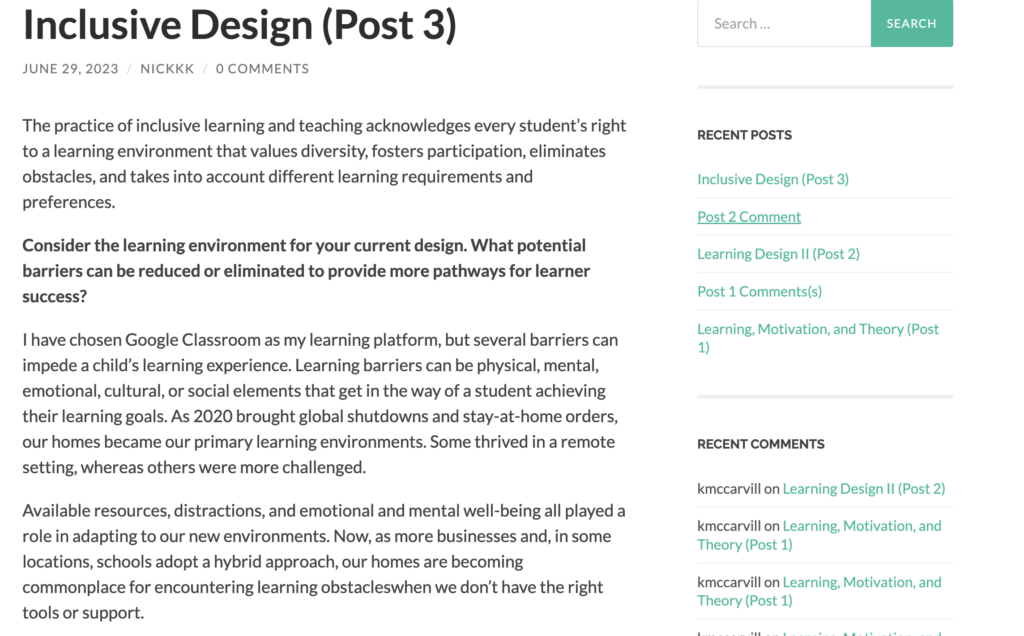
References
EDCHAT. (2014). Teachers TV: Teaching Drama: Focus, Freeze & Think [Video]. YouTube. https://www.youtube.com/watch?v=ZP6QD0RxNP4&t=2s&ab_channel=EDCHAT%C2%AE
Farmer, D. (n.d.). Tableaux. Drama Resource. https://dramaresource.com/tableaux/#:~:text=How%20do%20you%20use%20tableaux,about%20each%20of%20the%20characters.
Fleck, R. (2021). How to practice inclusive design in your daily workflow (6 tips for designers) [Image]. https://dribbble.com/stories/2021/06/01/inclusive-design-tips
Wai, D. (2021). Why art therapy could help you with your mental health. https://www.scmp.com/yp/discover/lifestyle/article/3137677/why-art-therapy-could-help-your-mental-health
Watkins, C., Treviranus, J., & Roberts, V. (2020). Inclusive design for learning creating flexible and adaptable content with learners. Inclusive Design Research Centre. https://snow.idrc.ocadu.ca/articles/inclusive-design-for-learning-creating-flexible-and-adaptable-content-with-learners/#:~:text=Inclusive%20Design%20for%20Learning%20is,struggling%20students%20but%20all%20students.
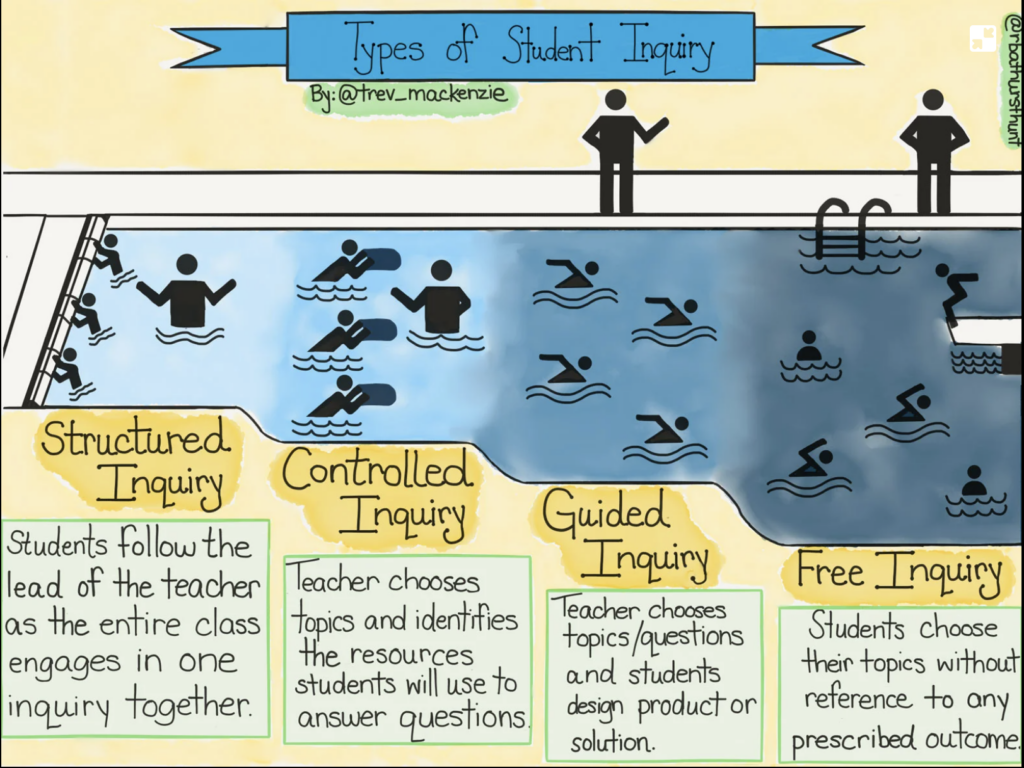
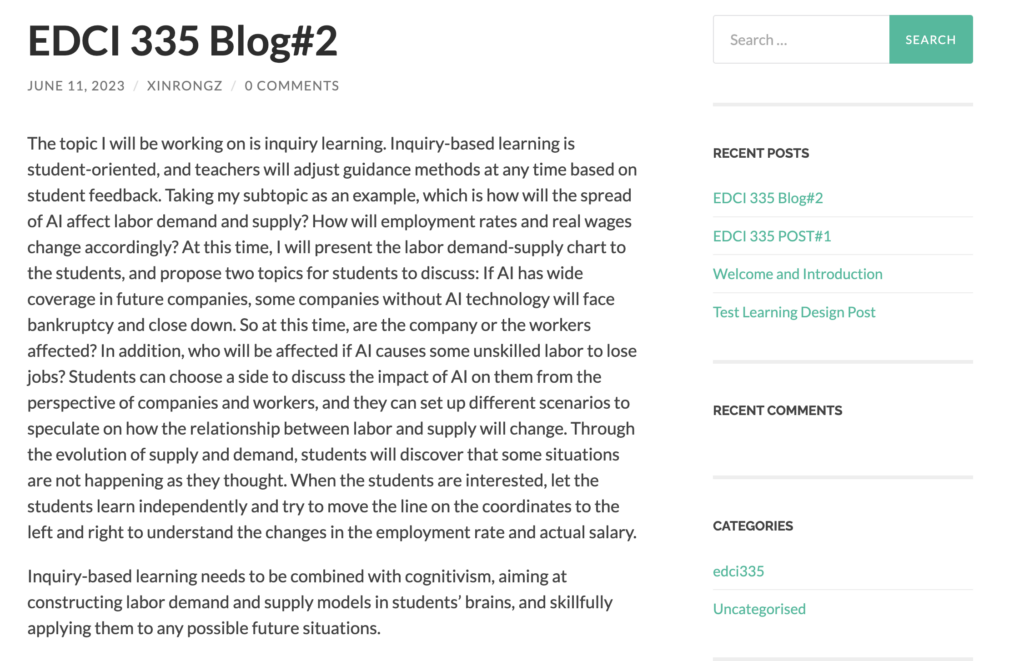
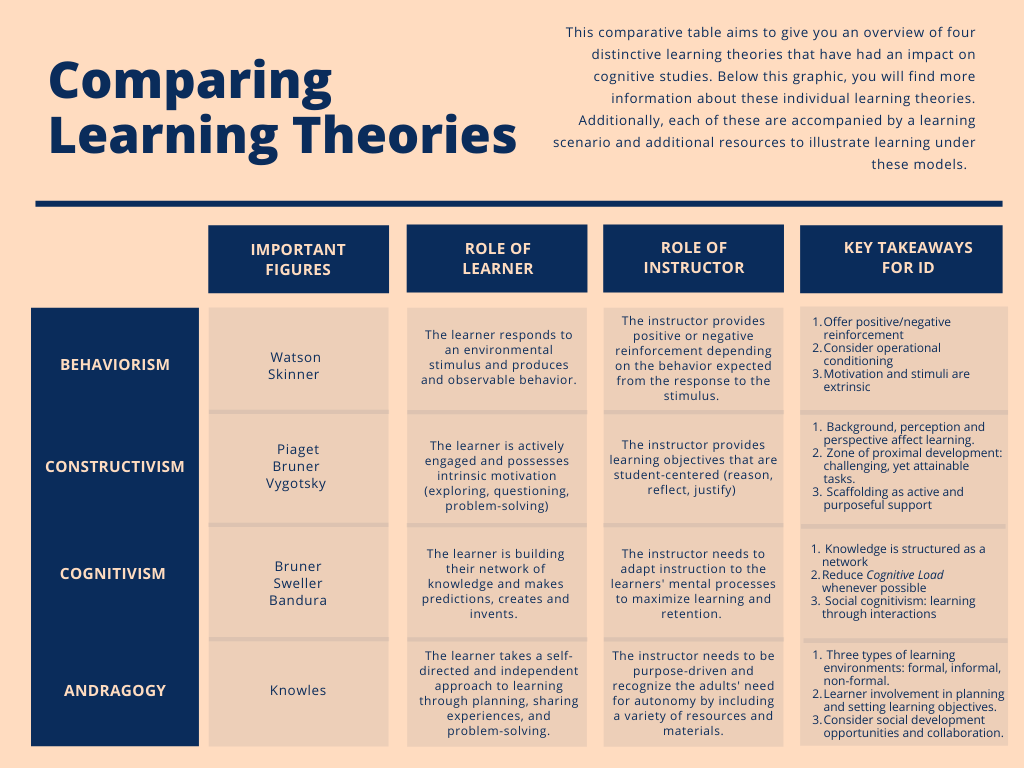
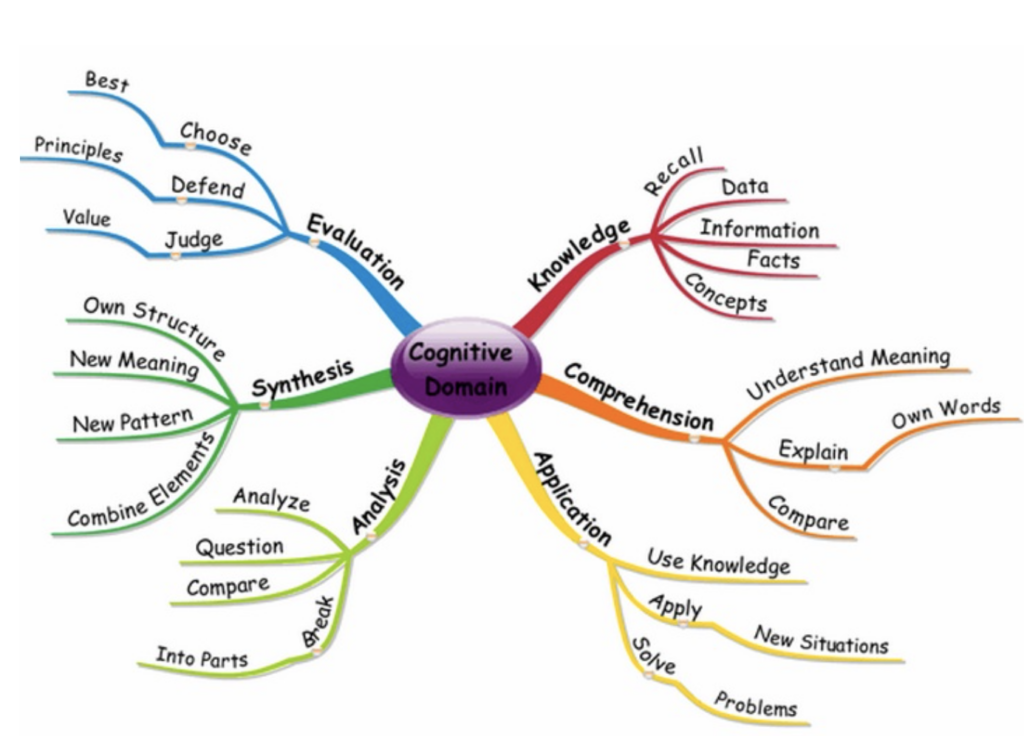
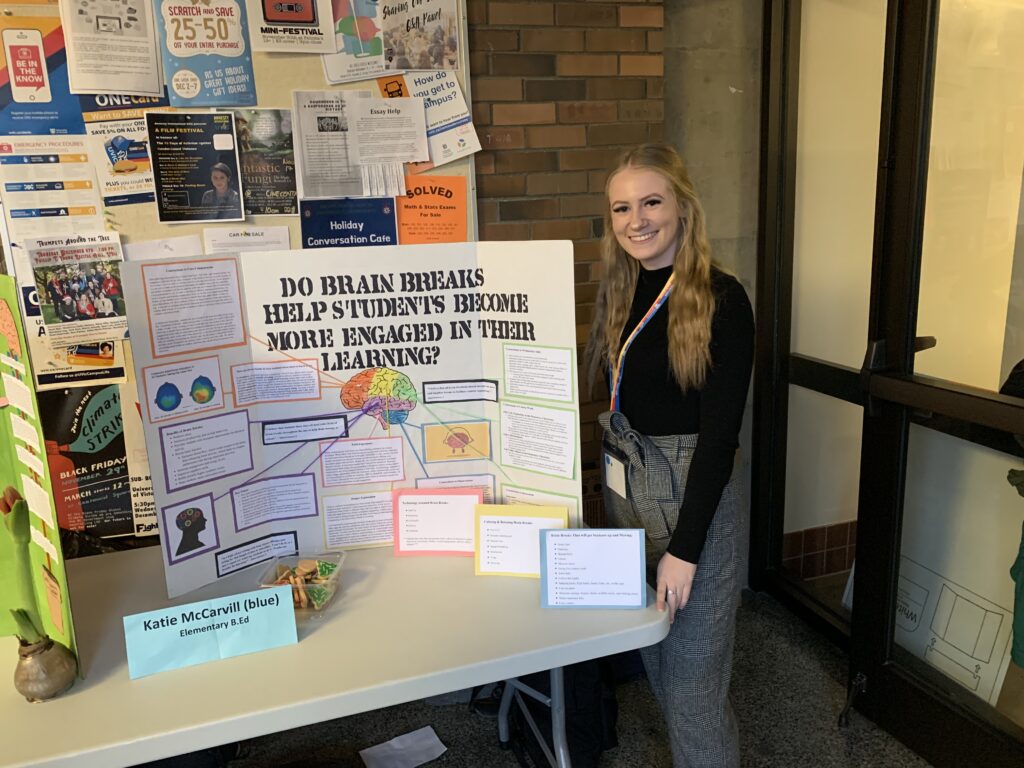
Recent Comments